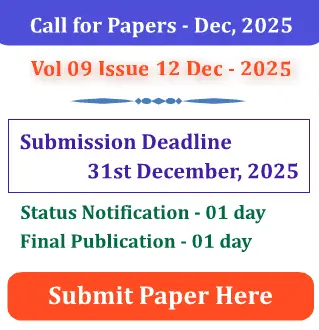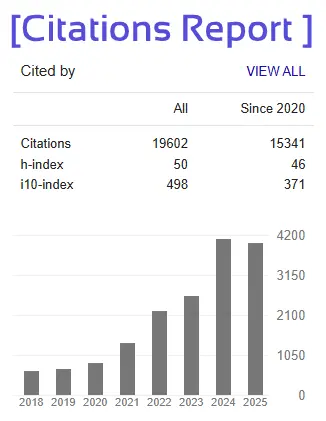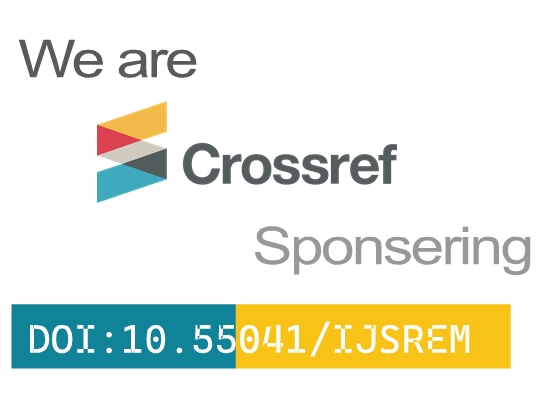- Version
- Download 756
- File Size 705.22 KB
- File Count 1
- Create Date 22/03/2022
- Last Updated 22/03/2022
An Innovation on Properties of Foam Concrete with Different Admixture
Aajma Kaushal 1, a , Himanshu Shrivastava2,b
1Aajma Kaushal, Department of Civil Engineering,SSIPMT,Raipur,C.G.India
2 Himanshu Shrivastava2 Department of Civil Engineering,SSIPMT,Raipur,C.G.India
Keywords: Foam concrete, light weight concrete, strength, PFC, BFC and PPFC.
Abstract. With the expansion popular for structures which are light in weight, analysts and industrialist interest in frothed cement to be utilized in underlying applications is consistently expanding. Frothed concrete is as of now accepted to have a promising future. Frothed concrete was limited to use as segment divider, warm protection, making up for the shortcoming and restoration work previously. Over the most recent twenty years, with the comprehension of the peculiarity fundamental frothed concrete, specialists have concentrated on different boundaries that influences the presentation of frothed concrete with and without filaments, and endeavors have been made to involve frothed concrete in underlying application. The principle objective of the exploration is to research the mechanical and underlying properties of plain and fiber supported frothed concrete.
Frothed concrete otherwise called cell concrete or lightweight cement is a sort of cement with cementitious glue, fines, water and voids without coarse total. The voids are made by utilizing froth. The utilization of admixtures, for example, fly debris, silica smoke and filaments in the froth concrete give more strength than plain frothed concrete (PFC). Under this exploration program, three unique blends were made: plain frothed concrete (PFC), polypropylene fiber built up frothed concrete (PPFC) and basalt fiber supported frothed concrete (BFC). Examples were tried for compressive strength, parting elasticity, youthful's modulus and poisson's proportion, flexural strength and RFC (Reinforced frothed concrete) strength. This study showed that the utilization of ideal froth volume for example 20% gives a particular thickness of froth concrete 70 - 100 pcf and compressive strength of 3000 - 5500 psi. For the investigation of flexural application, eight different steel supported sandwich radiates were tried. For investigation of pressure application, sixteen pressure sections, eight of them with support and eight without support were tried. Steel built up sandwich radiates were separated into four unique sets, two of every, typical cement - Styrofoam R-13 rating blend, ordinary cement - PFC mix, ordinary cement - PPFC mix and typical cement - BFC mix. Likewise, to concentrate on the underlying conduct of the pressure section, examples were isolated into various gatherings as that of sandwich radiates. The flexural strength of BFC example was multiple times more than PFC example. Among the RFC pillar examples, BFC has shown greatest burden conveying limit. Additionally, trial results show that typical cement - BFC mix has shown the most elevated burden conveying limit under bowing. Among the pressure section ordinary cement - PFC mix has shown the most elevated burden conveying limit.







